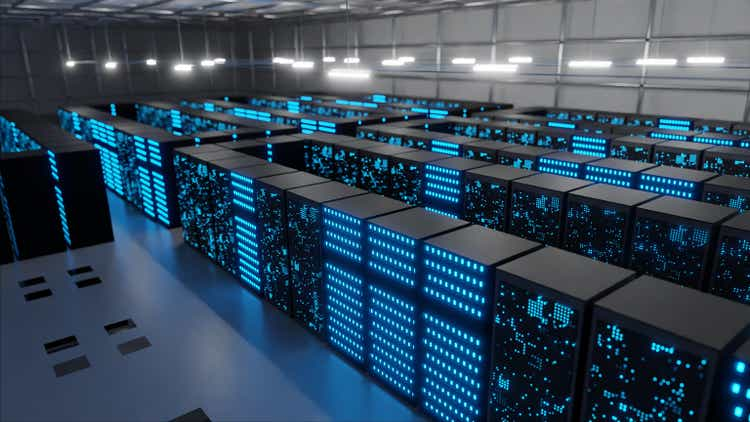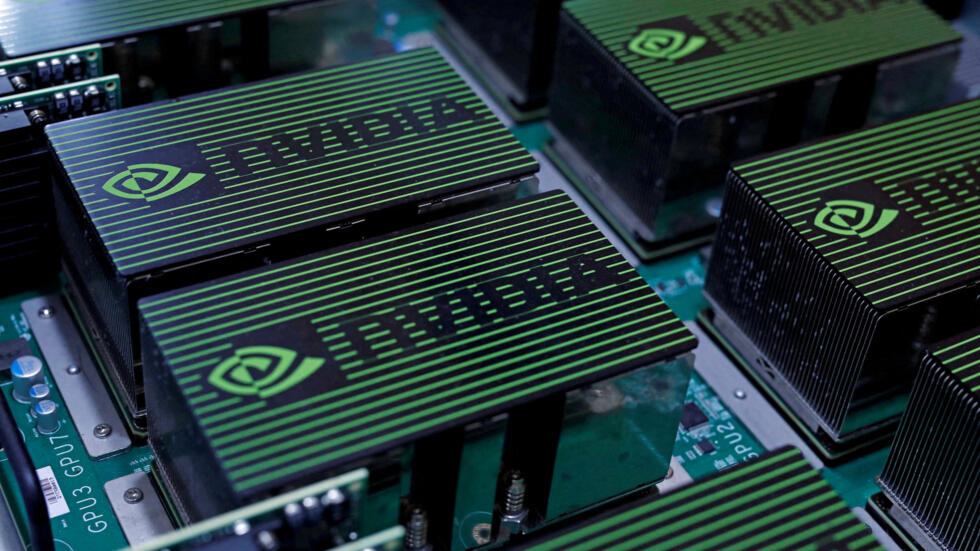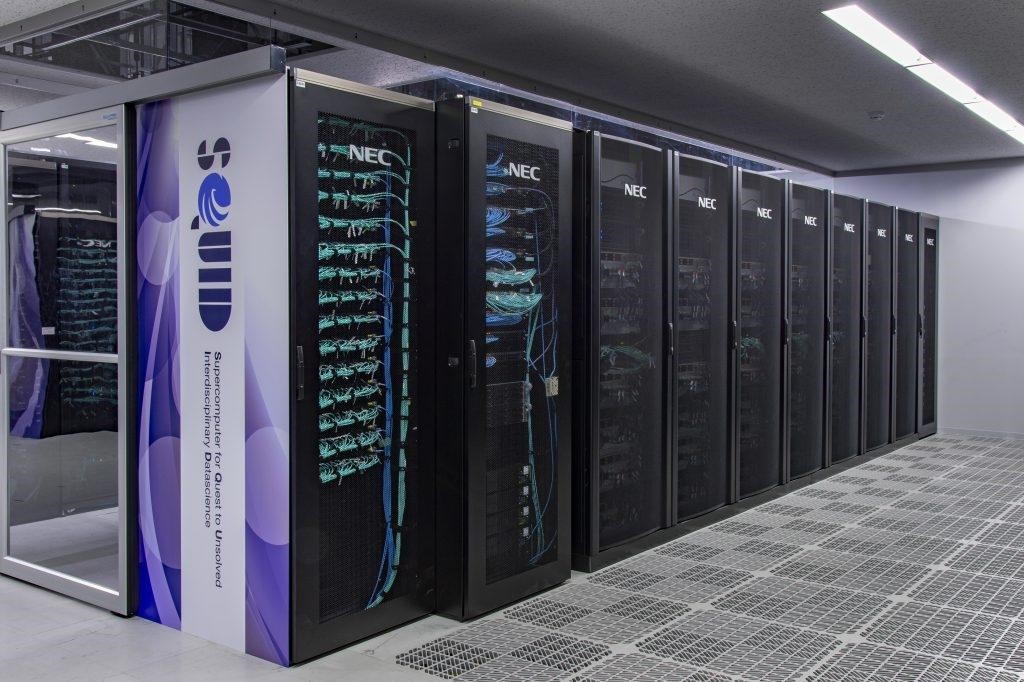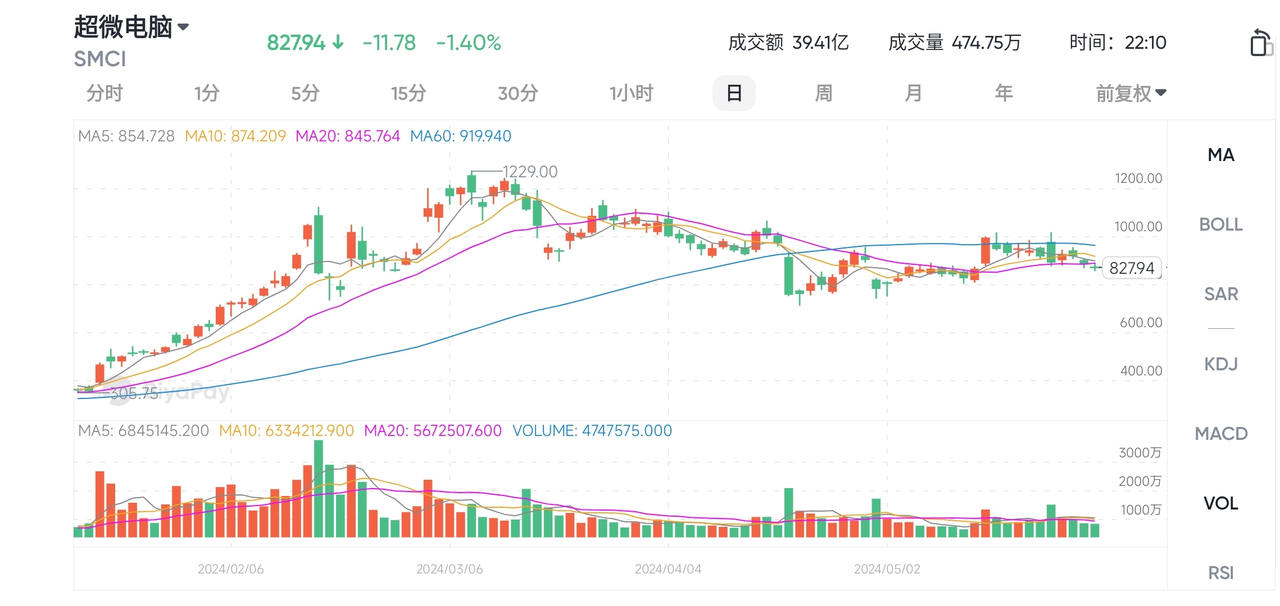- Remittance
- Exchange Rate
- Stock
- Events
- EasyCard
- More
- Download
Super Micro Computer: Positive Signs From Nvidia's Earnings Call
Super Micro Computer: Positive Signs From Nvidia’s Earnings Call
Summary
- Nvidia Corporation’s recent earnings call included commentary with positive implications for Super Micro Computer, Inc.
- Based on this commentary, Super Micro Computer seems poised for sustained growth and excess returns through 2025.
- In this article, I discuss the detailed rationale for this assessment.

Before Super Micro Computer, Inc. (NASDAQ:SMCI) released its last earnings report, I argued that conditions were favorable for SMCI to sustain strong growth both this year and beyond. I pointed to three trends as justification for this conclusion:
- the expanding market for AI hardware.
- the expanding demand for liquid cooling as energy consumption/GPU increases.
- the increasing importance of time-to-market as competition among chipmakers intensifies.
NVIDIA Corporation’s (NVDA) most recent earnings were materially relevant for SMCI investors because Nvidia seemed to confirm that all three of these trends are now significantly influencing the build-out of AI infrastructure today. Therefore, it seems to me that SMCI could see faster growth than I had anticipated, and I am increasingly confident that SMCI will likely generate excess returns at least through 2025.
Below, I examine Nvidia management’s remarks about each of the above three factors and the likely consequences for SMCI.
The AI Boom Continues
Nvidia’s latest earnings beat expectations yet again, and the company continues to see strong data center GPU demand. There were two noteworthy revelations about the subject that bear particular relevance for SMCI.
First, on the earnings call, Nvidia management revealed that demand for its current-generation Hopper GPUs “continue[d] to increase” last quarter. There had been some concerns that the announcement of next-generation Blackwell GPUs in March could slow down demand for Hopper as customers wait for the next generation. It appears that this effect has not been large enough to stop the growth of Hopper, as Nvidia again guided sequential growth this quarter.
Strong demand (and expanding supply) for Hopper seems likely to be good for SMCI. If Hopper demand had slowed, then SMCI could potentially have seen revenue stagnate over the next couple of quarters. But with Hopper continuing its growth trajectory, it seems that SMCI should have good odds of continued sequential growth for the rest of the year (today’s demand for Hopper-based systems should be fulfilled in Q3 or Q4).
Second, Nvidia also updated investors about its next-generation Blackwell GPUs. Nvidia revealed that “Blackwell is in full production” and the company expects “a lot of Blackwell revenue this year.” Moreover,
“Blackwell will be available in over 100 OEM and ODM systems at launch, more than double the number of Hopper’s launch and representing every major computer maker in the world.”

When Blackwell was announced, there were some doubts that it would make much financial impact this year. Semiconductor production ramps tend to take quite some time, so this made sense. Nevertheless, it looks like Nvidia is ramping more aggressively than expected, and although we don’t know exactly what “a lot of Blackwell revenue” means, it seems likely that Blackwell will become a significant part of Nvidia’s output relatively quickly.
Again, this should likely be good for SMCI. Blackwell will be significantly more performant and energy efficient than Hopper, so there should be strong demand for it. We have also heard from various major cloud service providers that they are going to spend heavily on AI infrastructure this year and next year. Blackwell GPUs will also command a higher price than Hopper GPUs. All these factors suggest that the earlier-than-expected arrival of Blackwell should be good for SMCI’s top-line growth next year (and maybe there could be some contribution from Blackwell toward the end of this year too).
Blackwell should also be good for SMCI’s liquid cooling revenues. Which brings me to the next point.
Liquid Cooling Seems Likely To Take Off With Blackwell
Here’s what I had written about SMCI’s liquid cooling growth prospects last time:
The power consumption of data center GPUs continues to increase in order to support higher compute performance. For example, Nvidia’s next-generation B200 accelerator will consume 1,000 watts of electricity, versus 700 watts for the next-generation B100 and current-generation H100, and 400 watts for the previous-generation A100. As power consumption increases, so does the heat generated, which further enhances the technical and economic value of installing liquid cooling systems in data centers. SMCI already has experience in this area and offers a variety of liquid cooling solutions. Increased demand for liquid cooling in coming years could help SMCI increase its value addition to the data center “economy,” which could give a further boost to the company’s top-line growth.
Based on comments from Nvidia’s management, it now seems that liquid cooling will likely start to take off with Blackwell. I wasn’t sure earlier if the heat dissipation issue would reach the tipping point with Blackwell, or if we would have to wait for another generation. Now I think Blackwell is where the tipping point will be reached.

Liquid cooling was mentioned 6 times by Nvidia management on the earnings call (once unprompted, and the rest in response to questions). This compares to exactly zero mentions on the previous three quarters’ earnings calls. The increased mentions are a good sign, and what was said was even more positive. The following was the most significant point:
We also have been priming the pump, if you will, with the entire ecosystem, getting them ready for liquid cooling. We’ve been talking to the ecosystem about Blackwell for quite some time. And the CSPs [cloud service providers], the data centers, the ODMs, the system makers, our supply chain beyond them, the cooling supply chain base, liquid cooling supply chain base, data center supply chain base…
The rationale for the move seems to be as I had discussed, which is that as energy consumption goes up, installing a more efficient cooling system becomes more economically valuable:
The integration of CPUs and the much more compressed density of computing, liquid cooling is going to save data centers a lot of money in provisioning power and not to mention be more energy efficient. And so it’s a much better solution.
From the comments, it does sound like there is a concerted effort across the data center industry to move toward liquid cooling. Moreover, SMCI is ready with products. On its most recent earnings call, SMCI management announced that their “new DLC [direct liquid cooling] liquid cooling building blocks and rack-scale total solution technology are finally ready for high-volume production.” SMCI claims to be “on track to produce over 2,000 liquid cooling DLC racks per month of AI servers, with volumes steadily increasing.” Their total capacity is about 5,000 racks per month, so they should be ready with a rather sizable supply of liquid cooling as data centers start this transition over the coming quarters. This should lead to further top-line growth for SMCI.
Intensifying Competition Makes Time To Market More Important
The third point I made last time was that intensifying competition among the chipmakers is likely to increase the value of SMCI’s time-to-market advantage. Here is what I said:
As competition among the chipmakers heats up and they look to accelerate their AI roadmaps, SMCI’s advantage in terms of being first-to-market could become even more valuable. With high-performance chips, timing is everything: a great chip design loses some or most of its value if it arrives too late. And so, for instance, if SMCI can bring to market systems based on AMD’s next-generation MI400 accelerators a quarter before other OEMs can, then that could be a non-trivial contribution toward helping AMD stay competitive. Similar arguments could be made for Nvidia or Intel. As the market for high-performance chips grows and the chipmakers make all-out efforts to stay competitive, SMCI’s significance as a partner could continue to grow.
Comments from Nvidia CEO Jensen Huang during the most recent earnings call have further increased my confidence in this view. Here’s what he had to say on the subject of timing and competitiveness among Nvidia’s customers:
Let me give you an example of time being really valuable, why this idea of standing up a data center instantaneously is so valuable, and getting this thing called time to train is so valuable. The reason for that is because the next company who reaches the next major plateau gets to announce a groundbreaking AI. And the second one after that gets to announce something that’s 0.3% better. And so the question is, do you want to be repeatedly the company delivering groundbreaking AI or the company delivering 0.3% better? And that’s the reason why this race, as in all technology races, the race is so important…. And so leadership matters a great deal. Time to train matters a great deal… getting started three months earlier is everything.
Although Jensen Huang was speaking about competition among the AI software firms, we can readily see that this competition would also put pressure on chipmakers and OEMs to deliver hardware as soon as possible. If the software firms are so pressed for time, then they should tend to gravitate toward whichever chipmakers/OEMs can get them the latest hardware in a fully functional state (installed and operational) the soonest.
It follows that if Nvidia wants to maintain its competitive position, then it should tend to value its partnerships strongly with SMCI due to the latter’s ability to have systems on the market and data centers up and running rapidly. Strategically, I don’t think there is any good reason for Nvidia to turn away from SMCI - if anything, Nvidia has good reasons to further expand the relationship (as has been happening over the last year).
As such, I think that Jensen Huang more or less confirmed that time to market is becoming increasingly valuable for chipmakers, which should, in turn, make SMCI an even more valuable partner. This is yet another sign suggesting that SMCI could continue to see strong growth in 2025 and beyond.Combining the previous two points,SMCI prediction that it will maintain strong growth this year or even in 2025 has three solid pivot points. We can see through the multi-asset trading wallet BiyaPay App that its current valuation is acceptable. Use BiyaPay to search its code and make real-time transactions online.
It can also be used as a deposit and withdrawal tool. Deposit digital currency (U) to BiyaPay, and then withdraw legal currency to other securities. You can freely choose US and Hong Kong stocks for investment.

SMCI market trend ,Source BiyaPay APP
Conclusion
Overall, I would say that the comments from Nvidia are bullish for SMCI. Previously, I had stated that “SMCI seems fairly likely to reach my estimates [of strong growth] for 2024, while the outlook for 2025 and beyond is more uncertain.” Given all the developments since then, I now feel more confident that 2025 will likely be another strong growth year for SMCI. Growth in 2024 could also be a bit stronger than I had previously estimated (Q4 run-rate revenue of $25 billion and run-rate EPS of $33-37).
My overall rating for Super Micro Computer, Inc. stock remains a strong buy.
Source:Seeking alpha
Editor:BiyaPay Finance

























